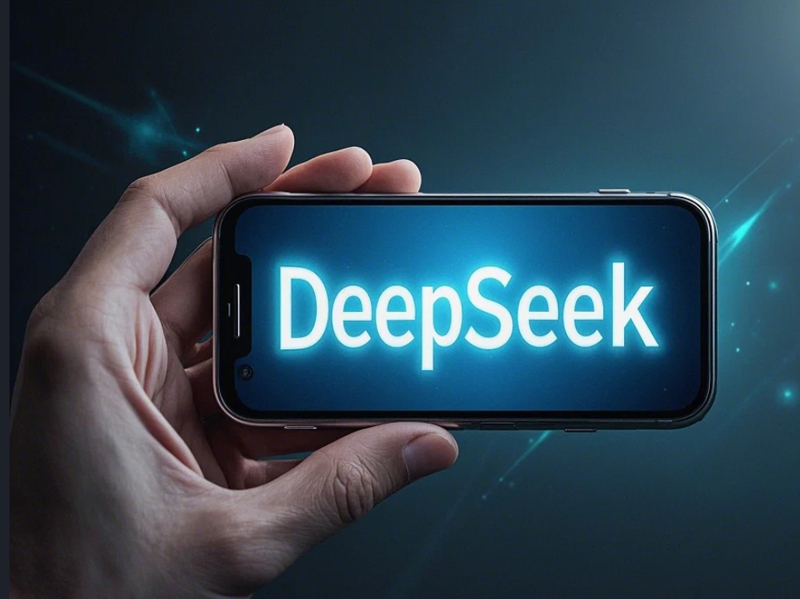Chinese startup DeepSeek has rapidly risen with its high-performance, low-cost generative AI large-scale language model (LLM), attracting global attention. Its technical strength has been recognized by internationally authoritative experts and is believed to surpass the United States in some ways. This article will provide an in-depth interpretation of DeepSeek's evaluation of DeepSeek and the impact of DeepSeek on the global AI landscape, and explore the significance of its open source strategy and the security risks of AI models.
The high-performance, low-cost generative AI large-scale language model (LLM) developed by Chinese startup DeepSeek (Deep Search) has recently attracted global attention. In an interview with Nikkei Shin-chi, an authoritative Japanese AI research field and professor at the University of Tokyo, Matsuo, conducted an in-depth analysis of DeepSeek's technical level, open source strategy and its impact on Japanese companies.
Matsuo Toyo said that DeepSeek's technology is excellent and its performance is close to ChatGPT developed by OpenAI in the United States. He pointed out that DeepSeek releases detailed technical papers every time he releases a new model, showing its innovations in model optimization. For example, the latest model "R1" released in January this year has improved its inference ability through reinforcement learning, reaching a level comparable to the OpenAI "o1" model.

Matsuo Tung believes that China's AI development level is already comparable to that of the United States, and even surpasses the United States in some aspects. He pointed out that China not only has technology giants such as Alibaba, Tencent, and Baidu, but also has a large number of outstanding engineers to form an active AI ecosystem. It is not surprising that DeepSeek's rise in such an environment and may further change the power landscape of global AI competition.
Matsuo Feng emphasized that DeepSeek's success has provided important inspiration for Japanese startups. As a non-large technology company, DeepSeek has achieved world-leading accuracy with solid technology development. This shows that even in Japan, as long as companies focus on technological innovation, they also have the opportunity to make breakthroughs in the field of AI.
DeepSeek adopts an open source strategy, which is similar to companies such as Meta and Alibaba. Matsuo Tsubasa points out that the open source model provides a strong foundation for global developers, making additional learning and performance improvements easier. He believes that the emergence of DeepSeek has enhanced the influence of open source power. Although non-public models (such as OpenAI and Google's products) still have competitive advantages, open source models can also achieve excellent performance in specific scenarios.
Regarding the security risks of AI models, Matsuo Toyo said that the risks vary by how they are used. The open source model can run locally, avoiding the risk of data leakage; and when using online services, data will be sent to the server for processing. He stressed that whether it is DeepSeek or OpenAI, users need to maintain trust in the service provider because data usage and learning are difficult to completely exclude.
The rise of DeepSeek not only demonstrates the rapid development of China's AI technology, but also brings a new competitive landscape and development direction to the global AI industry. Its open source strategy also provides valuable resources and opportunities for global developers. In the future, it is worth looking forward to whether DeepSeek can continue to maintain innovation and further improve the performance and security of its models.